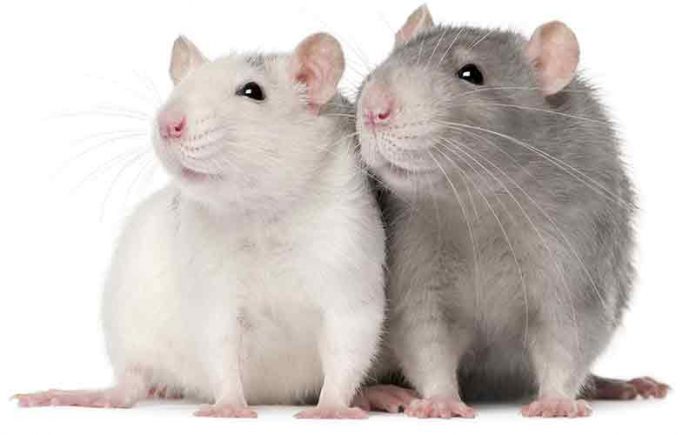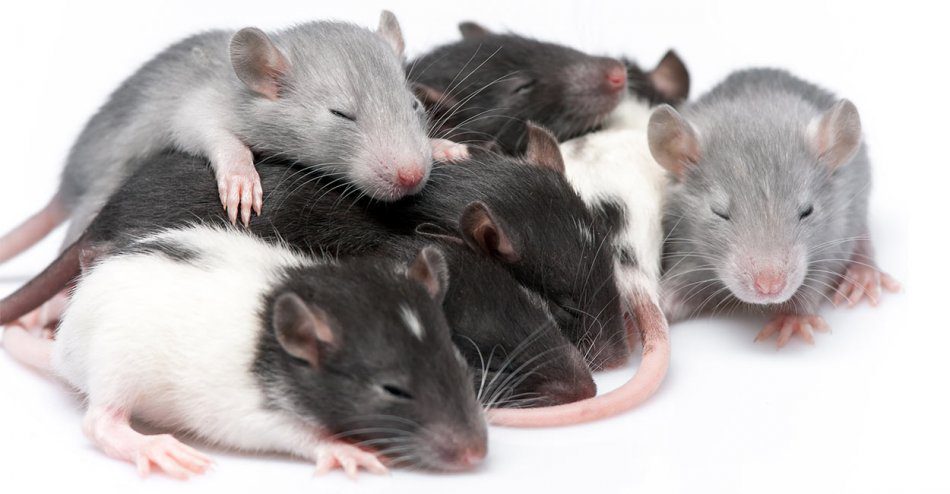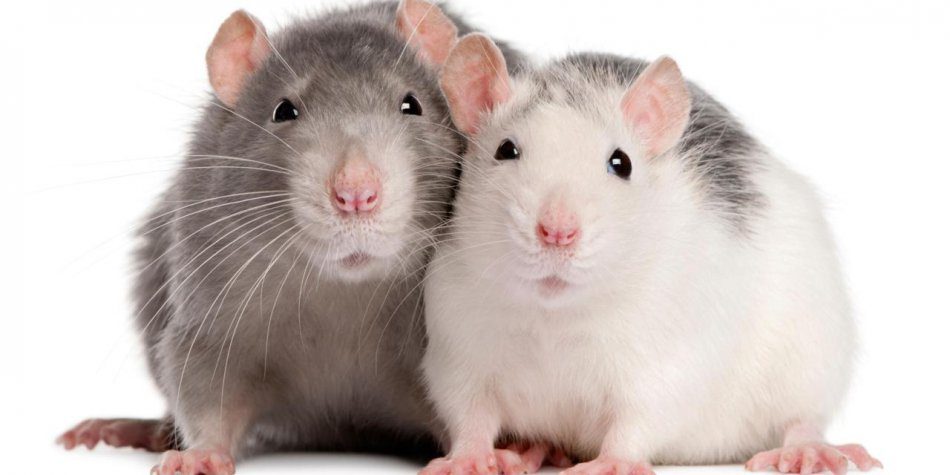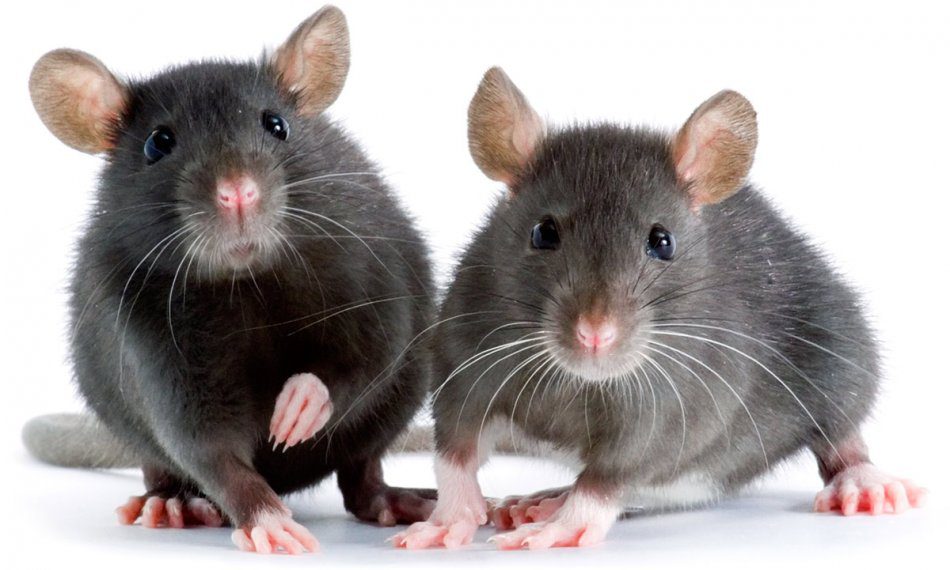
Rat breeding
Only those for whom rats have become a profession are engaged in special breeding of rats: nurseries or breeders.

In the photo: rats
If you have a beautiful rat, from which you want beautiful rats, then if you have a pedigree for this rat, you can contact the breeder, and perhaps he will be able to find a good pair – both in genetics and in character. It is not worth it to breed rats on your own.
Even if two rats have pedigrees, show diplomas, etc., it is not a fact that the born rat pups will be completely healthy, and you cannot be sure that you will get all the babies well.
When rat pups are born, you need to stay with them for almost half a day. Yes, and sometimes rats cannot give birth on their own, and then you need to urgently run to the veterinary clinic, and this can happen at 2 am. The rat can refuse the cubs, and then they need to be artificially fed – from pipettes, with special food, approximately every 30 minutes. Think about whether you have the time and energy for all this.
Puberty in female rats occurs earlier than in boys. Females are ready for mating at the age of 4 weeks. But their weight at this age is only 80 – 90 grams, and they are not allowed to breed. Males reach sexual maturity at 5 weeks. Therefore, at the age of 4-5 weeks, rats of different sexes are seated in different cages so that they do not mate. In nature, rats do not disdain inbreeding in order to find the most viable offspring by trial and error.

Pictured: rats
The optimal age for mating a female rat is about 5-7 months. After 1 year, it is highly undesirable to breed rats – they may already develop age-related diseases. Males are best knitted at the age of 8 – 12 months.
Neutering of female rats is possible (in an emergency) as early as 4 weeks of age. This can be done if the rat, for example, has an unplanned pregnancy. But it is advisable to wait until the rat is 2 months old and reaches a weight of 100 grams.
As for male rats, they are castrated less often. This only happens if the rat is showing aggression due to hormonal disruptions, in which case surgery helps. The second case when a male is castrated is if he lives in a society of females, and there is nowhere to attach or resettle him. Another indication for castration of a male rat is any pathology (for example, one testicle is not lowered into the scrotum and a tumor may develop).
Any operation for a rat is a risk. Therefore, before deciding on it, you need to weigh all the pros and possible risks. And if there are no direct indications for surgical intervention, it is better to wait a little with it.
 Pictured: rats
Pictured: rats





